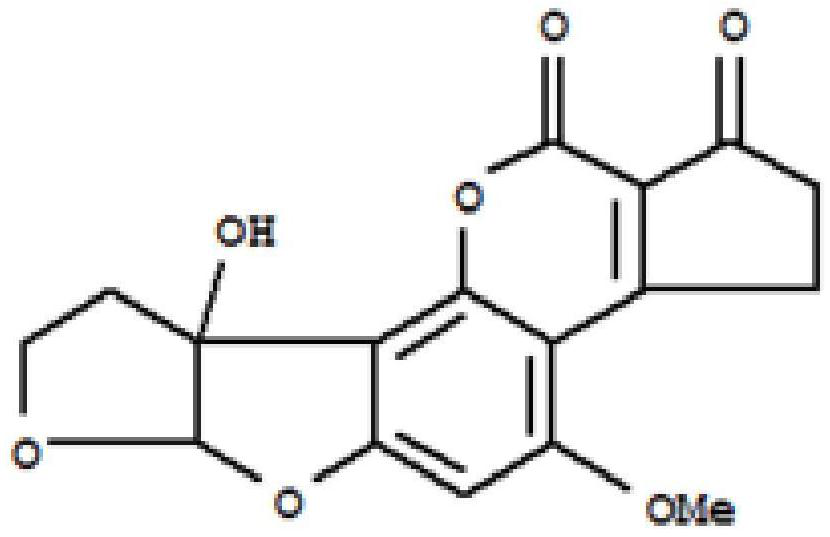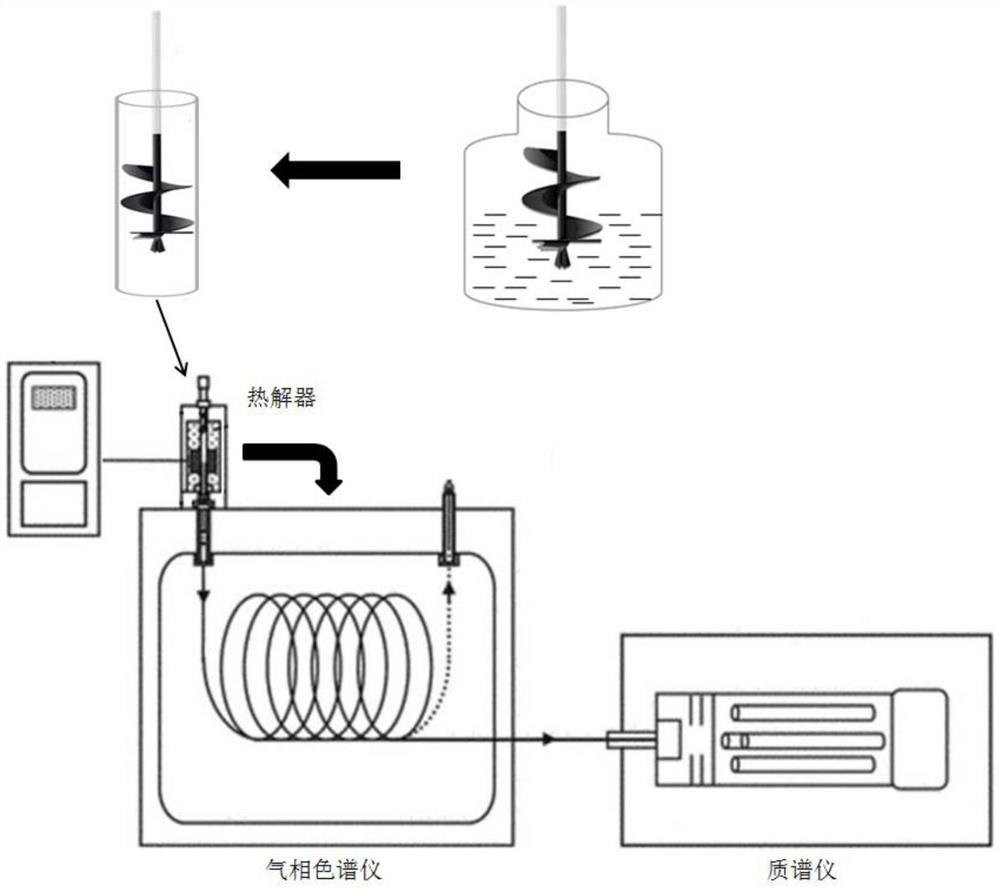A method for simultaneous detection of six kinds of aflatoxins based on graphene nanomaterials and stirring bar
A technology of aflatoxin and nanomaterials, applied in the field of detection, can solve the problems of affecting the detection of target substances, insufficient mechanical strength, and falling off of target substances, achieve good chemical inertness and thermal stability, avoid interference of chromatographic peaks of impurities, and device The effect of cost reduction
- Summary
- Abstract
- Description
- Claims
- Application Information
AI Technical Summary
Problems solved by technology
Method used
Image
Examples
preparation example Construction
[0040] The preparation method of the stirring rod for synchronous detection of multiple aflatoxins based on graphene nanomaterials of the present invention comprises the following steps:
[0041] S1 coating: ultrasonically pulverize graphene and prepare a graphene solution with a concentration of 0.1-0.6 mg / ml, and then spray the obtained graphene solution on the stirring bar base material preheated to 120 ℃-130 ℃ to obtain Stir bar coated with graphene coating;
[0042] S2 Conjugated Antibodies: Conjugate aflatoxin B1 antibody, aflatoxin B2 antibody, aflatoxin G1 antibody, aflatoxin G2 antibody, aflatoxin M1 antibody and aflatoxin M2 antibody to On the graphene coating, a stirring bar coupled with aflatoxin antibody on the graphene coating is obtained.
[0043] Wherein, the stirring rod base material is any one of stainless steel, tempered glass and ceramics; in step S2, the coupling method between the graphene coating and various aflatoxin antibodies is EDC / NHS coupling An...
Embodiment 1
[0045] The structure of the stirring rod for simultaneous detection of six kinds of aflatoxins based on graphene nanomaterials of the present invention will be described below in conjunction with specific embodiments. see image 3 , which is a schematic structural diagram of a stirring rod for synchronously detecting six kinds of aflatoxins based on graphene nanomaterials of the present invention. The stirring rod capable of synchronously detecting six kinds of aflatoxins of the present invention is made of stainless steel, and includes a rod body 10 and a bearing surface surrounding the rod body 10 and extending along the radial direction of the rod body 10 . Preferably, the bearing surface is a helical curved surface 20 spirally extending along the axial direction of the rod body 10 , and the helical curved surface 20 is more conducive to full contact between the stirring rod and the sample solution. The helical curved surface 20 and the cylindrical surface 11 of the rod bo...
Embodiment 2
[0049] The present embodiment specifically describes the method for synchronously detecting six kinds of aflatoxins based on graphene nanomaterials and the stirring rod for synchronously detecting six kinds of aflatoxins based on graphene nanomaterials by taking golden flower tea as an example of the present invention. application.
[0050]Pretreatment: Camellia japonica flowers were selected, washed and vacuum-dried in acetonitrile-water (90:10) solvent, stirred and extracted at 50°C and concentrated to obtain Camellia japonica flower extract.
[0051] S1 adsorption: stirring with a stirring rod to adsorb aflatoxin in the extract of Camellia sinensis;
[0052] First, put 2ml of Camellia japonica flower extract in a 50ml sample bottle; then at 50°C, stir the Camellia japonica flower extract with a stirring rod at ~rpm for 15 minutes, so that a variety of yellow koji in the Camellia japonica flower extract are made. Mycin and graphene oxide nanocoatings and aflatoxin B1 antibo...
PUM
| Property | Measurement | Unit |
|---|---|---|
| breaking strength | aaaaa | aaaaa |
Abstract
Description
Claims
Application Information
 Login to View More
Login to View More - R&D
- Intellectual Property
- Life Sciences
- Materials
- Tech Scout
- Unparalleled Data Quality
- Higher Quality Content
- 60% Fewer Hallucinations
Browse by: Latest US Patents, China's latest patents, Technical Efficacy Thesaurus, Application Domain, Technology Topic, Popular Technical Reports.
© 2025 PatSnap. All rights reserved.Legal|Privacy policy|Modern Slavery Act Transparency Statement|Sitemap|About US| Contact US: help@patsnap.com



